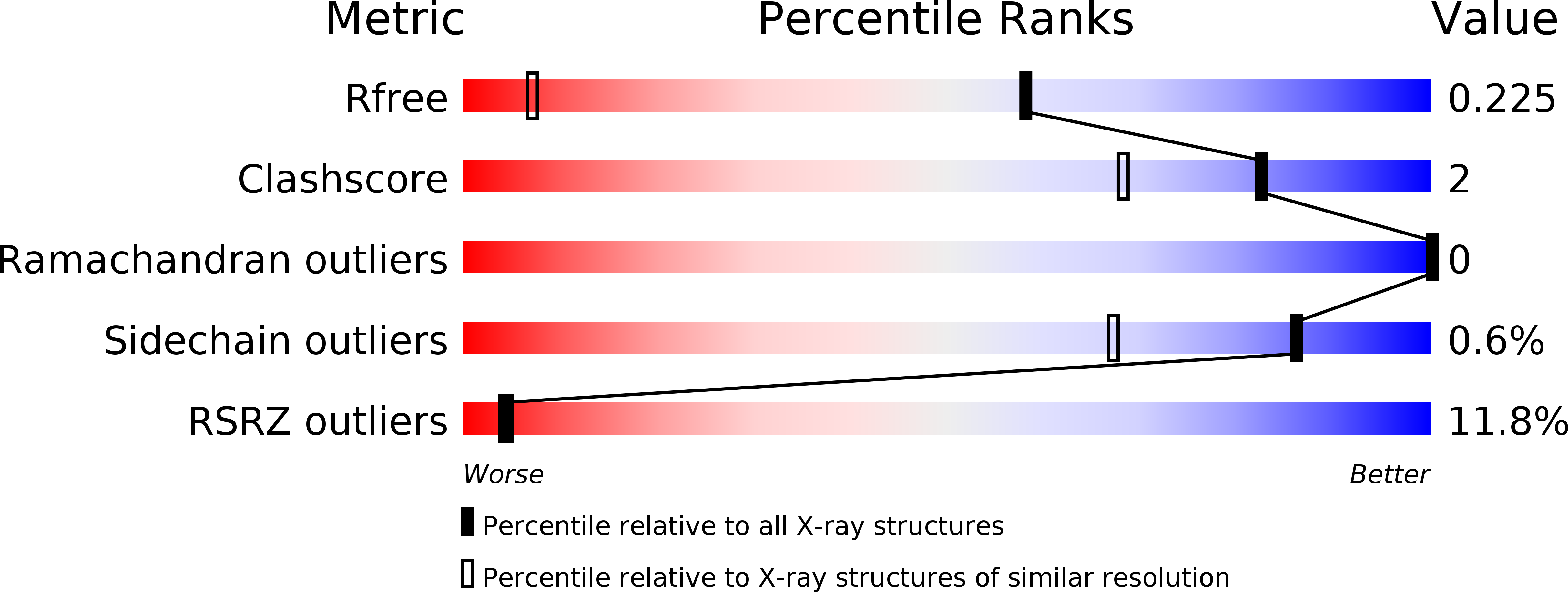
Deposition Date
2005-10-27
Release Date
2005-11-15
Last Version Date
2024-02-14
Method Details:
Experimental Method:
Resolution:
1.33 Å
R-Value Free:
0.22
R-Value Work:
0.20
R-Value Observed:
0.20
Space Group:
P 1


